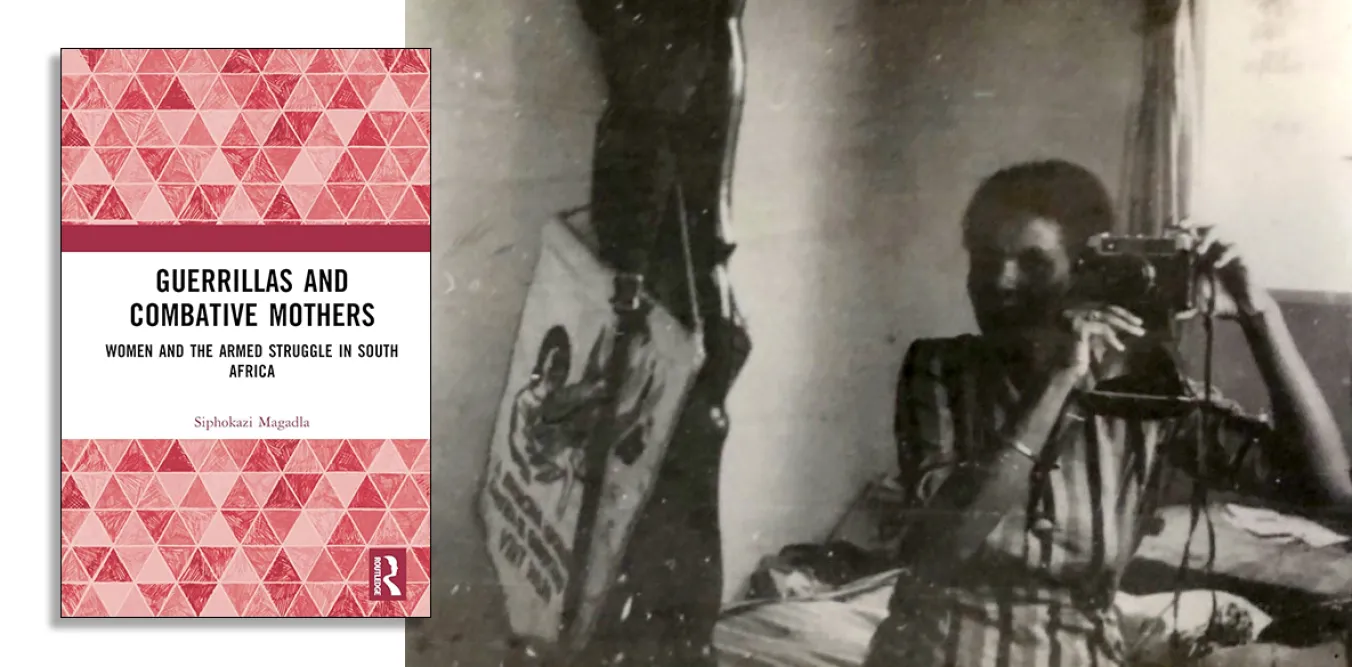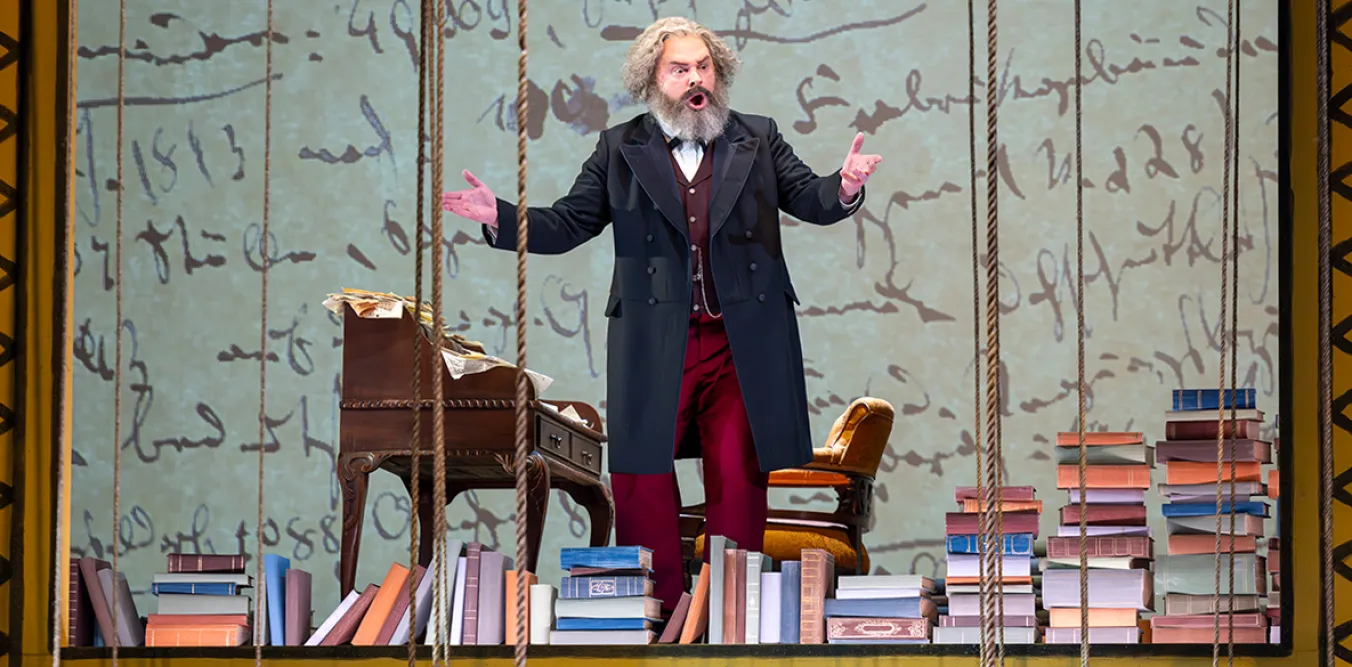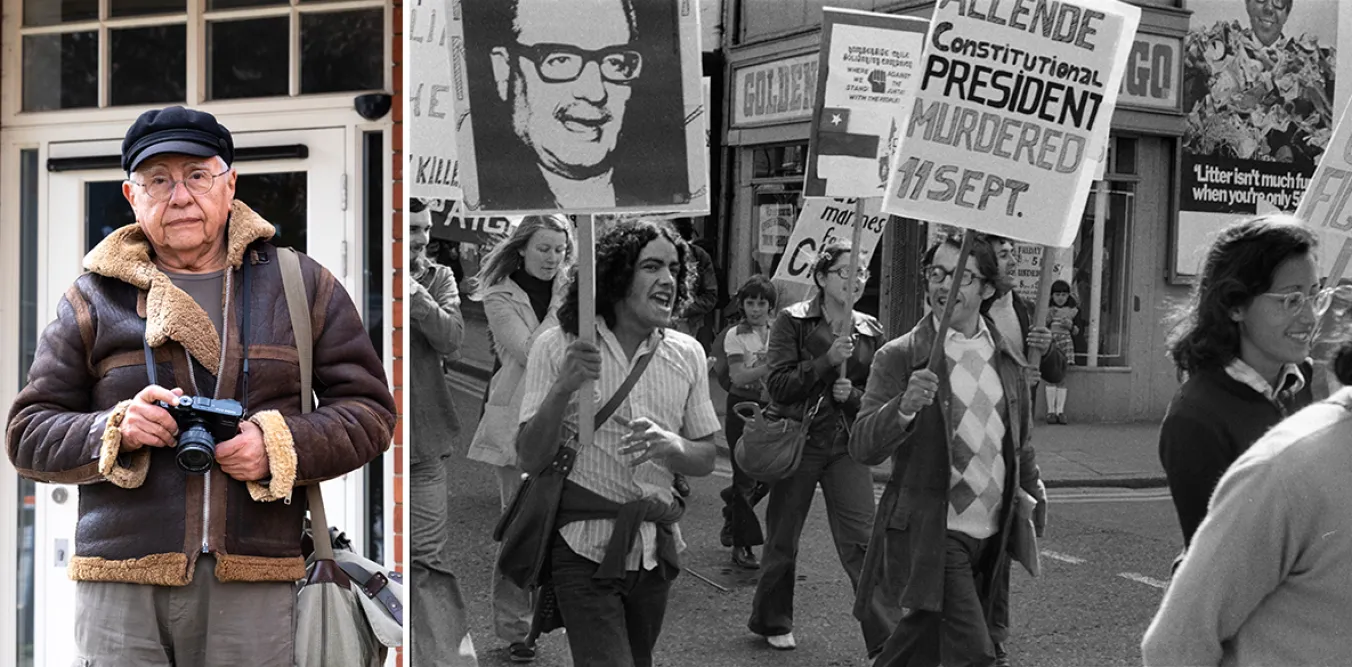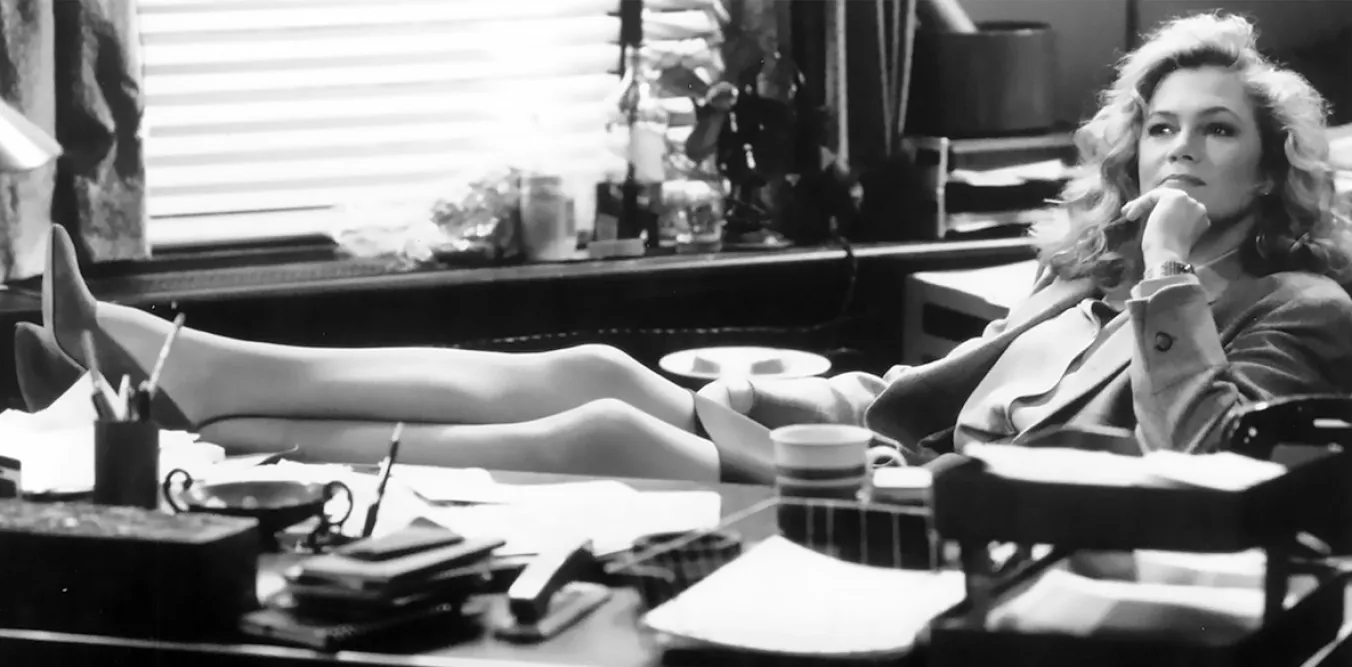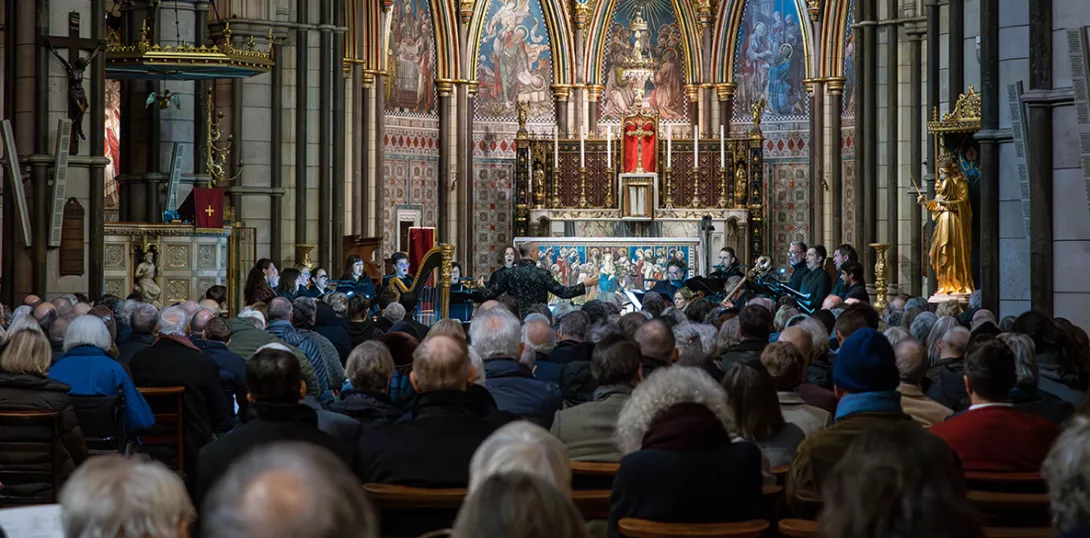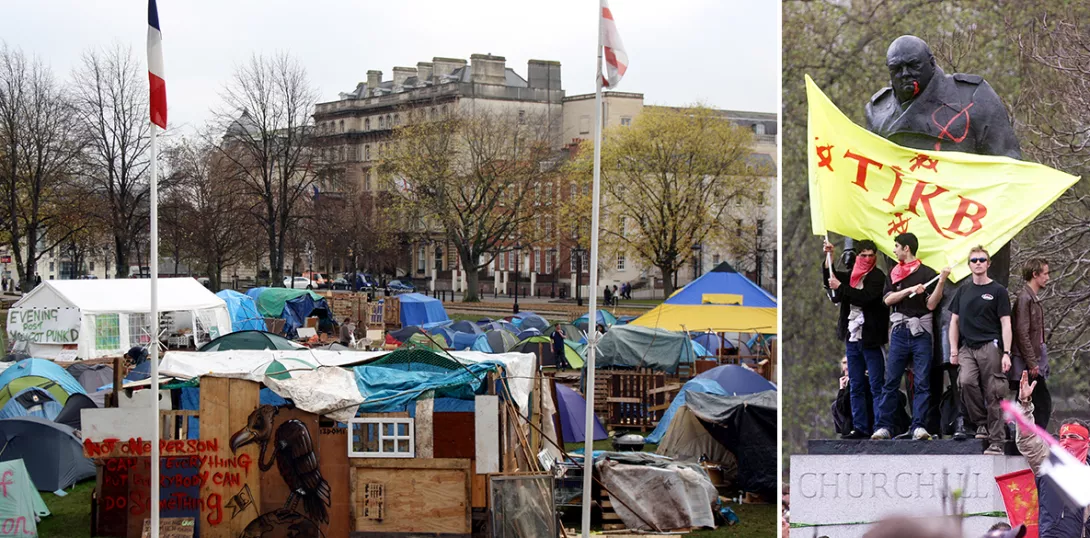
Beauty is in the Street
Joachim C Haberlen, Allen Lane, £35
THE subtitle of Joachim Haberlen’s ambitiously impressive book offers the reader an historical survey of “Protest and Counterculture in Post-War Europe.”
When Chinese premier Zhou Enlai commented in 1972 that it was too soon to assess the impact of the French Revolution, these sage words of wisdom may not, as supposed, have been referring to the world-shattering events of 1789, but to the then more recent 1968 political explosion of dissent on the streets of Paris, a focal point in this book.
[[{"fid":"60974","view_mode":"inlineright","fields":{"format":"inlineright","field_file_image_alt_text[und][0][value]":false,"field_file_image_title_text[und][0][value]":false},"link_text":null,"type":"media","field_deltas":{"1":{"format":"inlineright","field_file_image_alt_text[und][0][value]":false,"field_file_image_title_text[und][0][value]":false}},"attributes":{"class":"media-element file-inlineright","data-delta":"1"}}]]
Haberlen knows that the reverberations any major socio-political upheaval may emerge and produce results far later and disturbingly different from those expected but insists that “if we are fully to understand today’s political movements and cultures, we must explore their past.”
Throughout he questions how our present world may have been shaped both positively and negatively by the great variety of protest movements, political, social and personal, that commenced with the iconic year of 1968 and continued to the fall of the Berlin Wall in 1989.
The opening chapters provide detailed accounts of the multivaried groups of largely disillusioned students, determined to challenge “political and social norms.”
The Establishment-mocking protests of the Situationists in Italy, and the Dutch Provos had a festival quality — “If there was to be a revolution, it had to be fun” — while the attacks on social institutions of the more seriously political Red Army Faction in West Germany and the Italian Red Brigades became increasingly lethal.
Major figures emerged — leaders such as Rudi Dutschke and Daniel Cohn-Bendit, while Andreas Baader and Ulrike Meinhof became as notorious as Bonnie and Clyde, robbing banks and provoking shoot-outs with the police.
These movements made demands from: “democratizing the university to ending the Vietnam War, from liberating sexuality to establishing workers’ autonomy in factories. It was a cultural lifestyle revolt… it was equally a political rebellion, reviving traditions of radical Marxism… calling for international solidarity against imperialism.”
With the Red Brigade’s kidnapping and murder of former Italian prime minister Aldo Moro in 1978, the more violent protests moved into urban street riots and defiant squatting complemented by the expression of anarchic satire, all put down just as ruthlessly by the state.
A section on the Prague Spring establishes that the unrest among youth in the West responding to the boredom of consumerist capitalism, was echoed by the resistance to the stagnation of the communist state-run system and demands for socialism with a human face.
In both West and East the outcomes of these attempts to improve or change the world, despite the tumult, appeared to be “the restoration of the old social order. People went back to where they supposedly belonged.” In trying to counter this pessimistic conclusion, the author notes that 1968 was nevertheless a moment of hope and experimentation, providing a sense of empowerment for many.
Haberlen maintains that the many contemporary analyses of power, by intellectuals such as Michel Foucault had relatively little effect on the struggle in the streets.
New struggles emerged “foregrounding autonomy and subjectivity. Rather than confronting the state, it was time to confront the self.” Subsequent sections include the influence of the new music such as psychedelic rock and punk: “celebrating primitivism” and “speaking across international boundaries.”
Third World resistance movements such as those in Algeria, Chile, Nicaragua, Katanga and Biafra may have provided Western activists with a sense of a common cause but beyond that gave little comfort to those who had hoped for so much more at home. Indeed energies were directed more toward humanitarian support for the victims, addressing their physical conditions rather than their political situations.
The book ranges widely through the politics of migrant workers, racism, environmentalism, women’s and gay movements, peace movements and commune living as all of them had their own trajectories throughout Europe in their own national contexts.
While readers under 40 will learn much about their immediate past, those who lived through the world politics explored in Haberlen’s perceptive book will recognise how our present, often disturbing aspects of society, have developed.
If much of today’s concerns appear to be devoted to identity issues, Haberlen feels optimism in today’s environmental activists who, like their 1970s predecessors, fight against a capitalist logic that prioritises profit over everything, including the planet.

